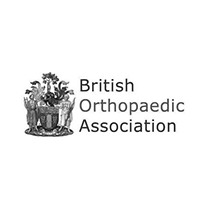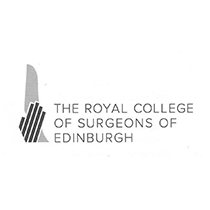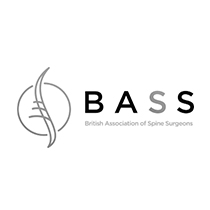Conditions
I treat a wide range of spinal conditions, from general neck and back pain to disc degeneration and spinal stenosis.
These are some of the most common spinal conditions that I treat – if you are suffering from a spine problem, even if it isn’t on the list, please get in touch to see how I can help.
Conditions we can help with
-
Simple Lower Back Pain
The majority of the population experiences simple back pain at some time in their life and sometimes these episodes can be quite severe. The majority of the time it is due to general wear and tear of the spine.
Patients often have lumbar spine disc degeneration or facet joint arthritis, shown through an MRI scan and X-rays.
Treatment
Very often lower back pain settles with a short period of bed rest, analgesia, physiotherapy and other activities such as pilates and seeing an osteopath or chiropractor for treatment.
If these methods fail to improve symptoms, targeted injections, depending on the diagnosis, may be beneficial. Spinal fusion surgery is the very last resort for lower back pain due to disc degeneration or facet joint arthritis.
Next Steps
Contact me for a consultation. I will discuss your medical history with you, carry out a physical examination and talk you through the treatment options.
Further information
-
Neck Pain
The majority of neck pain is due to either cervical disc degeneration, facet joint pain or problems with muscles around the neck.
Treatment
Very often simple measures such as analgesia, physiotherapy and activity modification will improve neck pain symptoms over time. If pain persists then injections around the neck may be beneficial. In rare cases, surgery may be required for persistent neck pain.
Symptoms
Very often simple measures such as analgesia, physiotherapy and activity modification will improve neck pain symptoms over time. If pain persists then injections around the neck may be beneficial. In rare cases, surgery may be required for persistent neck pain.
Further Information
-
Cervical Radiculopathy
This is pain which starts in the neck area and usually radiates down one arm to a specific area of the arm. It is often associated with numbness, pins and needles and weakness in part of the arm.
Cervical radiculopathy is most often caused by a cervical disc prolapse which presses on and traps a nerve in the neck.
Treatment
Cervical radiculopathy symptoms usually improve in time with simple measures such as painkillers and physiotherapy. If symptoms do not settle, patients may benefit from a cervical nerve root block or surgery on the neck to remove the disc prolapse
Next Steps
Contact me for a consultation. I will discuss your medical history with you, carry out a physical examination and talk you through the treatment options.
Further Information
-
Cervical Myelopathy
This is a condition where the spinal cord is compressed in the neck. Patients often have some or all of the following symptoms:
- weakness in their hands
- difficulty in writing, doing their buttons and/or using a knife and fork
- unsteady gait
- difficulty in balancing.
TreatmentDepending on the size of the compression, surgery may be required to relieve the pressure from the spinal cord. The principle behind surgery is to prevent any further neurological deterioration.
Next Steps
Contact me for a consultation. I will discuss your medical history with you, carry out a physical examination and talk you through the treatment options.
Further Information
-
Vertebral Compression Fractures
The majority of vertebral compression fractures occur in the elderly due to osteoporosis. In these cases, patients have usually had a minor fall and sustained a fracture of a vertebra, often in the thoracic or lumbar spine.
Treatment
Like most fractures elsewhere in the body, vertebral compression fractures usually heal without any significant problem. A spinal brace may be required to support the spine whilst the fracture heals. Strong analgesia is often required.
However, pain may be persistent and therefore patients may benefit from facet joint injections or a kyphoplasty procedure.
Next Steps
Contact me for a consultation. I will discuss your medical history with you, carry out a physical examination and talk you through the treatment options.
Further Information
-
Sciatica
This is a condition causing pain from the back radiating down the leg, quite often below the knee and into the foot. Most of the time it is due to a prolapsed disc trapping a nerve in the lumbar spine. The pain can be quite severe and patients can experience pins and needles, numbness and weakness in part of the leg.
Treatment
In most cases sciatica settles down in approximately 6-12 weeks with painkillers. Quite often it is associated with back pain, and physiotherapy may help with this aspect.
If symptoms do not settle, a nerve root injection or microdiscectomy surgery may be performed to remove part of the disc which is trapping the affected nerve.
Next Steps
Contact me for a consultation. I will discuss your medical history with you, carry out a physical examination and talk you through the treatment options.
Further Information
-
Spinal Stenosis
This is a condition primarily affecting older people. As a person gets older they quite often get arthritis in the spine as well as in other joints. A classic feature of arthritis is overgrowth of bone. When this overgrowth of bone occurs in the spine, it causes narrowing of the spinal canal and trapping of the nerves. Spinal stenosis usually occurs in the lumbar spine.
Patients often complain of pain down both legs into the feet, which is worse when walking or standing. The pain is eased by sitting down or walking with a stick. Patients also tend to notice that when they are walking using a supermarket trolley, their leg pain is much better. Patients also often complain of their legs feeling heavy, and having pins and needles or numbness in the legs.
Treatment
As the nerves in the lumbar spine are trapped, flexion exercises with physiotherapy may relieve some symptoms of spinal stenosis.
Painkillers and activity modification often help relieve the symptoms. Some patients may benefit from a nerve root block if a specific nerve is trapped. A caudal epidural injection may also be beneficial. If these measures don’t help relieve the symptoms, spinal decompression surgery may be an option.
Next Steps
Contact me for a consultation. I will discuss your medical history with you, carry out a physical examination and talk you through the treatment options.
Further information
-
Spondylolisthesis and Spinal Instability
As you get older, the discs in your spine, particularly in the lumbar area, degenerate. This causes a loss of disc height and a loss of disc tension and therefore you may get some instability of the spine. When this occurs, one vertebrae may move forward slightly on top of another. This is called spondylolisthesis. There are several causes of spondylolisthesis but the majority of instances are due to natural degeneration of the spine. The movement is usually 2-4mm, but it is enough to cause moderate to severe narrowing of the spine, resulting in spinal stenosis.
As some of the vertebrae are moving in a degenerate spine, patients may experience severe back pain at times. Patients often report that their back catches in a certain position, such as when getting up from a bent position.
Treatment
After trial of non-operative management, patients may require a decompression with stabilisation and fusion of the affected area of the spine.
Next Steps
Contact me for a consultation. I will discuss your medical history with you, carry out a physical examination and talk you through the treatment options.
Further information
-
Metastatic Spinal Tumours
As we get older and live longer, more of us will get cancer. Sometimes the cancer can spread to the spine and cause pain or it can even cause compression of the spinal cord or nerves.
Treatment
If the above occurs, patients may require radiotherapy or they may need surgery to decompress and stabilise the affected part of the spine, followed by radiotherapy.
Next Steps
Contact me for a consultation. I will discuss your medical history with you, carry out a physical examination and talk you through the treatment options.
Further information
-
Coccydinia
This simply means a painful coccyx or tailbone. Often people complain of a painful coccyx after a fall, followed by pain in their coccyx when sitting down on a firm or hard surface.
Treatment
Often symptoms settle down but if they are persistent, patients may benefit from an injection and manipulation of the coccyx. This procedure is done under general anaesthetic. Two-thirds of patients with a painful coccyx may benefit from surgery to remove the coccyx.
Next Steps
Contact me for a consultation. I will discuss your medical history with you, carry out a physical examination and talk you through the treatment options.
I felt it necessary to express my personal gratitude to Mr Sundaram for the excellent care and treatment provided to my mother. He has give my mother better quality of life and I am truly grateful for what he has done.
Dear Mr Sundaram. Thank you for seeing me last Monday and giving me reassurance on the questions I put to you. I’m very grateful to you for dealing with these concerns.
To Mr Sundaram. Thank you for making me better. It was the best feeling ever when I woke up in recovery and all the pain had gone. A miracle I didn’t think could happen. Thank you so much.
I felt it necessary to express my personal gratitude to your colleague Mr Sundaram for the excellent care and treatment provided to my mother Mrs……..; he has given my mother better quality of life and I am truly grateful for what he has done







